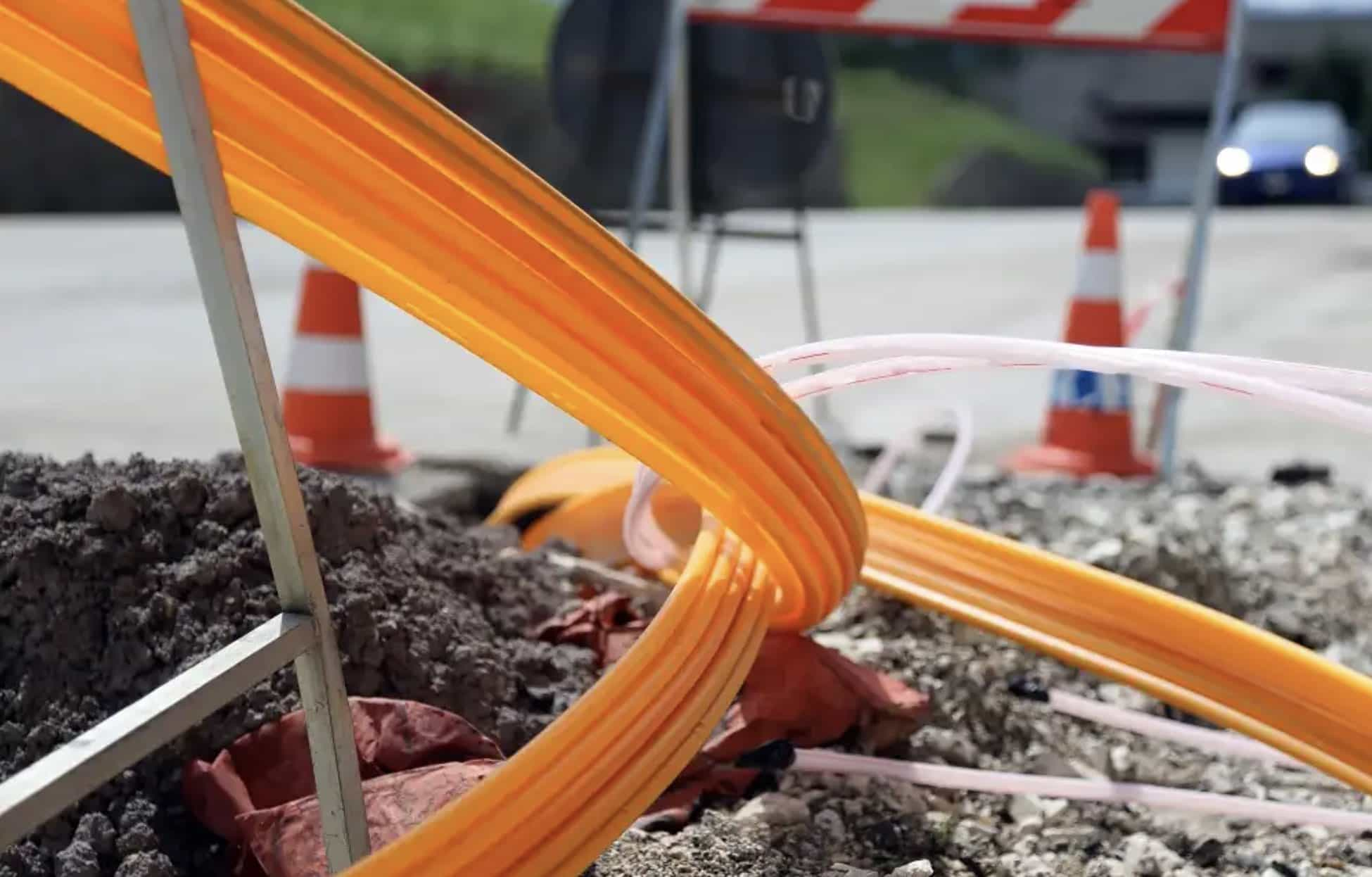Switching to fiber optics is the best possible investment for business IT connections today. Are there any particular drawbacks to adopting this connection technology? Or are the costs still high? We answer the main questions about adopting fiber optics in the workplace, and together we'll understand the benefits for your company!
Speed
A recent study by Sandisk found that a weak, slow internet connection can cost up to a week's work a year, even though the time "lost" waiting for downloads or uploads due to a slow network may seem limited. A company's internet connection should never limit productivity; on the contrary, it should be the tool that adapts to production workflows and accelerates execution. Fiber optics is much faster than traditional copper cable, reaching transmission speeds of 100 Gbps, making it by far the most efficient solution among the different connection types.
Cloud access
As a consequence of the first point, fiber optics enables faster access to the cloud. From customer relationship management (CRM) systems to data storage, the cloud is an important business tool for many functions. The speed and bandwidth of fiber optics translates into faster access to data and applications in the cloud. Salespeople or front-office staff will be able to serve customers without delay and communicate with them in real-time without interruption.
Reliability
Unreliable internet connections often mean real costs for the business: any unplanned interruption can lead to a complete shutdown of the company's communications and production. Fiber optics is significantly more stable than copper and less susceptible to atmospheric phenomena and electrical and human interference, making it ideal in all contexts where a reliable connection is crucial.
Signal strength
In traditional copper or Ethernet internet connections, the signal degrades in direct proportion to the distance from the switch. In a fiber optic connection, the signal degrades much later and over much greater distances: businesses that expand over large areas can easily benefit from a more stable signal at all points thanks to the installation of fiber.
Bandwidth
For businesses that need to transmit large amounts of data, sometimes very heavy, it's relatively easy to saturate copper lines. With fiber optics, although internet connections may be limited by the data plan chosen, the available bandwidth is significantly higher. Applications such as web conferencing, streaming, file sharing, and cloud computing tools can greatly benefit from a fiber optic connection.
Symmetrical speed
One of the benefits of fiber optics is the acquisition of equal downstream and upstream speeds, which allows employees to download large videos while downloading other files, or to make calls or video conferences in the middle of a multi-gigabyte download.
Latency
Latency is the delay in delivering a data packet over an internet connection. With fiber optics, we eliminate many of the latency-related issues in applications such as video conferencing, IP phone calls, and, in general, anywhere there is real-time communication.
Savings
Although it may be expensive upfront to install or convert your IT ecosystem to fiber optics, the long-term economic benefits are considerable: having a reliable, fast, symmetrical and durable connection, as we have seen, can help a company avoid drops or interruptions in productivity.
Additionally, if a company wants to gradually adopt on-the-cloud solutions, thanks to fiber, it will already be able to use these technologies without slowdowns or costly upgrades.
Security
Hackers and information thieves can physically intercept copper connections with relative ease; in the case of fiber, this is much more complicated, if not impossible, which limits the risk of cyberattacks. Furthermore, fiber is almost unaffected by electromagnetic interference caused by machines within the company.
You may also like
Fiber optics: how to choose the best supplier at the best price?
Fiber optics is a high-speed internet connection capable of reaching speeds of 940 megabits per second (Mbps), with a short delay. This technology uses fiber optic cables and allows data to be sent at approximately 70% of the speed of light. In addition, fiber optic cables are not as susceptible to severe weather conditions as… Poursuivre la lecture Fiber optics: how to choose the best supplier at the best price?
Find your new energy gas company
Gas companies are part of the energy supply market. They can be public or private, depending on legislative changes related to liberalization in each country. They hold a license for gas distribution. These companies can be national or regional. Gas companies must have sufficient production capacity to supply all their customers. Depending on the legislation… Poursuivre la lecture Find your new energy gas company
Changing electricity supplier: how to proceed, problems and useful tips
Electricity bills are starting to weigh more and more heavily on families' budgets, and more and more families are wondering if it's time to switch. Changing electricity suppliers is a simple process, but it requires a little time and attention in finding the best deal. Switching simply means replacing the biller. In addition, this procedure… Poursuivre la lecture Changing electricity supplier: how to proceed, problems and useful tips
How to save money with a pay-as-you-go mobile plan?
More common are "pay-as-you-go" plans that include a certain amount of texts, calls, and data: you pay for a fixed amount of minutes, texts, and data upfront . These plans are much cheaper for those who use their phones more frequently. Pay-as-you-go plans offer two major advantages: they're generally cheaper and offer real freedom. Unlike… Poursuivre la lecture How to save money with a pay-as-you-go mobile plan?
